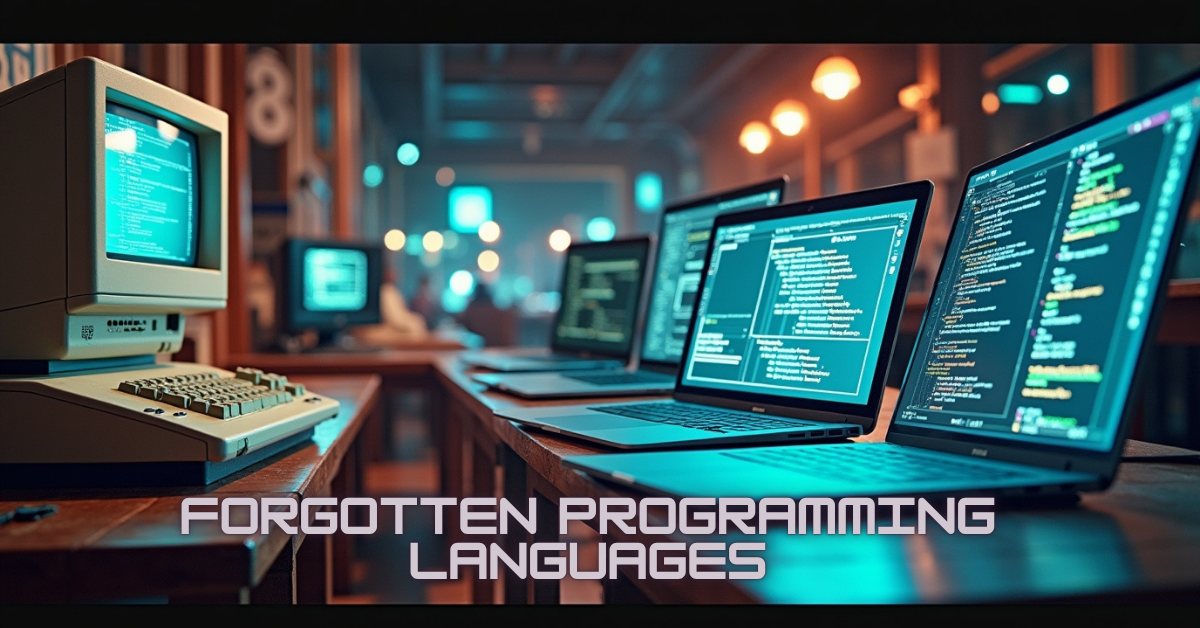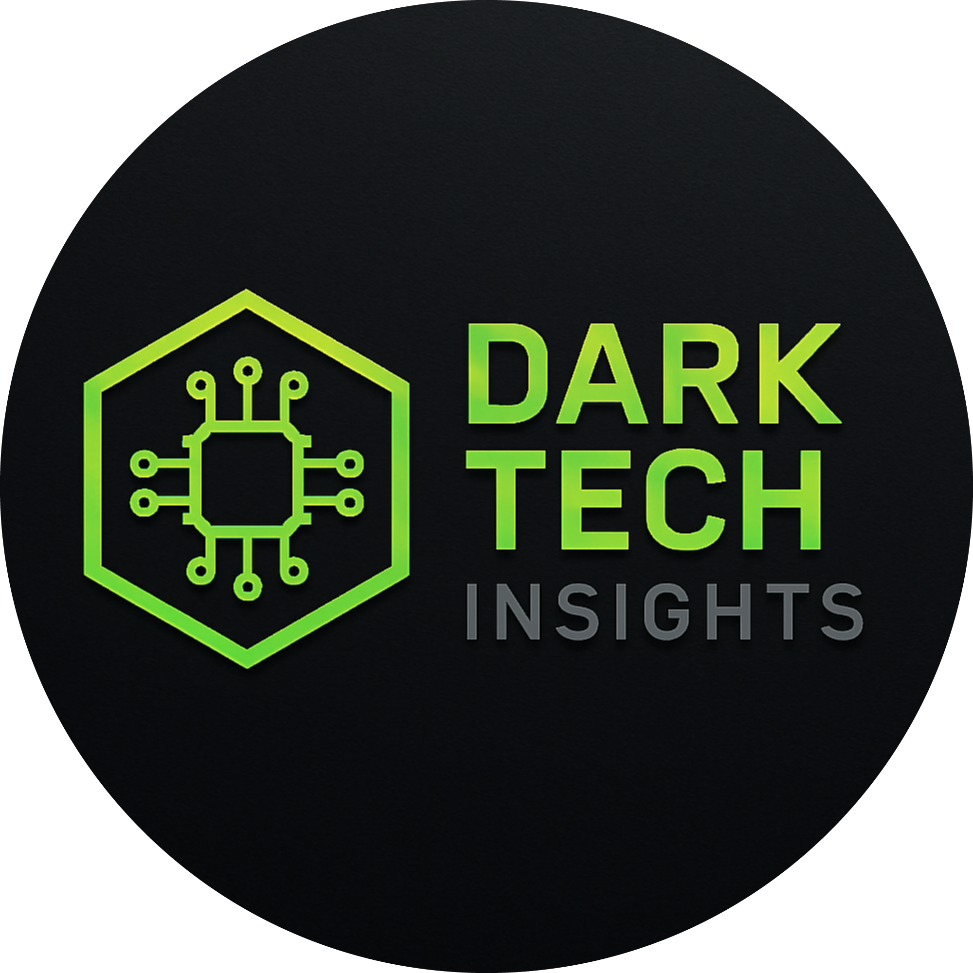The Forgotten Programming Languages That Still Influence Modern Code

Table of Contents
Introduction
Programming languages are the invisible engines of the digital world. While many modern languages like Python, JavaScript, and Go dominate today’s conversations, there’s a hidden layer of history beneath them — a foundation built by languages that most developers have never used, and some have never even heard of. These forgotten languages may have disappeared from job postings and coding bootcamps, but their fingerprints are embedded deep in the syntax, logic, and design patterns of the tools we use every day.
Think of it like architecture — even if an old style falls out of fashion, its influence often shapes the blueprints of future designs. Similarly, early programming languages introduced concepts that still define how we build software: structured programming, object orientation, garbage collection, and more. Modern languages have borrowed, refined, and expanded these ideas, but their origins lie in the pioneering work of the past.
In this journey through forgotten code, we’ll uncover the stories of five influential programming languages — ALGOL, Smalltalk, COBOL, Lisp, and Ada. Each of these languages made groundbreaking contributions, from shaping the syntax of C and Java to defining entire paradigms like object-oriented programming. By understanding their legacy, we not only pay tribute to the innovators who came before us but also gain a deeper appreciation of the tools we use today.
And perhaps, as we explore their features and philosophies, you’ll start to notice that “forgotten” doesn’t mean “gone.” These languages still live on — quietly, subtly, yet powerfully — in every modern app, API, and algorithm.
If you want more in depth details more than this blog, then dowload the pdf below:

ALGOL: The Blueprint of Modern Syntax
In the late 1950s, the world of computing was still in its infancy. Programmers worked with low-level instructions, and there was little standardization across systems. Enter ALGOL (short for Algorithmic Language), a groundbreaking creation by a committee of European and American computer scientists. ALGOL wasn’t just another programming language; it was a formal attempt to create a universally accepted method of describing algorithms, both for humans and for machines.
One of ALGOL’s most important contributions was its structured programming approach. Before ALGOL, code often relied heavily on “goto” statements, leading to messy and error-prone programs. ALGOL introduced block structures, indentation, and a syntax that emphasized clarity — ideas that influenced nearly every language that came after, including C, Pascal, and even Java. The concept of using begin and end to clearly mark code blocks, for example, can be traced directly to ALGOL’s design philosophy.
Despite its elegance, ALGOL never became a mainstream commercial language. It was used heavily in academia and for defining algorithmic concepts in textbooks, but it lacked the marketing push and industry adoption of languages like FORTRAN or COBOL. However, its influence is undeniable. Many of the conventions developers take for granted today — structured loops, clean syntax, and language-agnostic algorithm descriptions — are part of ALGOL’s enduring legacy.
Today, ALGOL exists mainly in history books and in the DNA of other languages. When you write a clean, structured “for loop” in C, or when you define nested functions with clear indentation, you’re echoing decisions made by ALGOL’s creators more than sixty years ago. Its story is a reminder that even if a language fades from direct use, its principles can quietly shape the software world for generations.

Smalltalk: The Birth of Object-Oriented Programming
In the early 1970s, a team at Xerox PARC was working on ideas that would completely transform how humans interact with computers. Among their most revolutionary creations was Smalltalk, a language designed not only for programmers but for a future where computing would be more visual, interactive, and intuitive. Unlike earlier languages that were largely text-based and procedural, Smalltalk introduced the radical concept of everything being an object — a philosophy that would become the backbone of modern object-oriented programming (OOP).
Smalltalk wasn’t just a language; it was a fully integrated development environment (IDE) decades ahead of its time. The environment allowed developers to write code, run it instantly, and even modify it while it was running — a concept that still feels futuristic today. The language emphasized sending messages between objects, rather than just calling functions or procedures. This messaging model created a level of modularity and flexibility that inspired later giants like Java, Python, and Ruby.
Perhaps Smalltalk’s most profound legacy lies in its user interface concepts. The graphical user interface (GUI) elements we now take for granted — windows, icons, menus, and the idea of direct manipulation — were explored and refined alongside Smalltalk. It wasn’t just teaching computers to think differently; it was teaching humans to see computing differently. Even though Smalltalk never achieved mass adoption outside of research and niche enterprise systems, its ideas became the standard language of software design.
Today, when developers work with classes, objects, and inheritance in any modern programming language, they’re building on Smalltalk’s foundations. And when we drag a file into a folder or open a window on our desktop, we’re interacting with concepts born in the same lab that gave us Smalltalk. It may not be in the spotlight, but its DNA is everywhere in modern computing.

COBOL: The Language That Runs the World’s Business
While many programming languages were born in research labs or tech startups, COBOL (Common Business-Oriented Language) had a different mission from the very beginning — to power the world of business and government. Developed in 1959 by a team led by computer scientist Grace Hopper, COBOL was designed to be readable by non-technical managers while still being powerful enough to handle massive amounts of data processing. Its English-like syntax made it accessible at a time when most programming languages required memorizing cryptic commands and symbols.
COBOL’s real breakthrough was in making computing approachable for industries that had never considered using it before. Banks, insurance companies, airlines, and government agencies all adopted COBOL to manage critical operations — from processing payrolls to booking flights. Over time, entire national infrastructures became dependent on it. By the 1970s and 80s, COBOL was running on mainframes in nearly every large enterprise around the world, handling billions of transactions daily.
What’s remarkable is that, despite being labeled “outdated” for decades, COBOL is still quietly running much of the global economy. Financial institutions, healthcare systems, and government programs often rely on COBOL-powered mainframes because they are stable, secure, and built to handle massive workloads. The COVID-19 pandemic even revealed just how critical COBOL still is, as several states in the U.S. urgently needed COBOL programmers to update unemployment systems.
The language’s enduring presence is a testament to the fact that in the real world, technology doesn’t always follow trends — it follows reliability. Modern programmers may never learn COBOL in school, but they indirectly interact with it every time they withdraw money from an ATM, process a credit card payment, or check a flight status. It’s the quiet workhorse of the programming world, keeping business and government systems alive decades after its creation.

Lisp: The Language That Taught Computers to Think
Created in 1958 by John McCarthy, Lisp (short for LISt Processing) is one of the oldest high-level programming languages still in use today — and one of the most influential in shaping the field of artificial intelligence. Unlike many languages of its time, Lisp was not designed primarily for business or scientific calculations. Instead, it was built to manipulate symbolic information, making it uniquely suited for tasks like natural language processing, theorem proving, and early AI research.
Lisp’s power came from its radical design. Its code and data shared the same structure — a concept known as homoiconicity — which allowed programs to easily generate and manipulate other programs. This self-referential flexibility made it ideal for building adaptive systems that could “learn” or modify their behavior. Lisp also pioneered concepts like garbage collection, recursion, and dynamic typing, which are now standard features in many modern languages.
During the AI boom of the 1960s and 70s, Lisp became the language of choice for researchers. It powered expert systems, robotics experiments, and even some of the earliest chatbots. While other languages eventually took over for mainstream development, Lisp and its dialects, like Common Lisp and Scheme, continued to thrive in specialized fields. Today, Lisp’s influence can be seen in languages such as Python, JavaScript, and Clojure, as well as in the underlying design of many AI frameworks.
Lisp’s enduring lesson is that flexibility can be as important as performance. In a world where AI is once again at the forefront of innovation, Lisp’s approach to symbolic reasoning feels more relevant than ever. The language that once taught computers to think may not dominate the headlines anymore, but its ideas continue to guide how we build systems capable of reasoning, learning, and adapting.

Ada: The Language Built for Safety and Reliability
In the late 1970s, the U.S. Department of Defense faced a growing problem — its embedded systems, used in everything from aircraft to missile guidance, were written in hundreds of different programming languages, many of which were poorly documented or prone to errors. To solve this, they commissioned the creation of a single, standardized language that could handle large, complex, and safety-critical systems. The result was Ada, named after Ada Lovelace, the world’s first computer programmer.
Ada was designed from the ground up with safety, reliability, and maintainability in mind. It featured strong typing to prevent unexpected data errors, concurrency support for real-time operations, and rigorous compile-time checks to catch problems before the software ever ran. These features made it ideal for aerospace, defense, transportation, and other mission-critical industries where even the smallest bug could have catastrophic consequences.
While Ada never became a mainstream commercial language like C++ or Java, it became a cornerstone in industries that demanded absolute precision. It was used to program systems in commercial aircraft such as the Boeing 777, manage air traffic control software, and power parts of spacecraft and satellites. Even today, Ada is still used in aerospace, military, and railway systems, where its stability and safety-oriented design outweigh the trendiness of newer languages.
Ada’s legacy is a reminder that in certain domains, stability and correctness matter far more than rapid iteration or developer convenience. While most developers may never write a line of Ada code, its design philosophy has shaped safety-critical software engineering practices across industries. In a way, Ada stands as a quiet guardian — ensuring that some of the world’s most vital systems run without fail.

Conclusion
The story of programming is not just about the latest frameworks, hottest languages, or trendy tools — it’s about the layers of innovation built over decades. ALGOL, Smalltalk, COBOL, Lisp, and Ada may not be part of most developers’ daily toolkit anymore, but their influence is woven into nearly every piece of modern software. Whether it’s the clean syntax of C, the object-oriented foundations of Java, the rock-solid reliability of financial systems, the symbolic reasoning behind AI, or the safety-critical principles in aerospace software, the fingerprints of these languages are everywhere.
Remember, technology rarely starts from scratch. Each generation of programming tools stands on the shoulders of what came before. By understanding the roots of modern code, developers gain more than just historical knowledge — they gain perspective. This perspective helps us appreciate why certain conventions exist, how current best practices evolved, and what lessons we can carry forward into the future of software development.
In an age where programming trends shift rapidly, it’s tempting to chase whatever is new and shiny. But the enduring legacy of these “forgotten” languages is proof that foundational ideas can outlast entire technological eras. They remind us that the most important code isn’t always the newest — sometimes, it’s the code that has quietly shaped the way we think, design, and build for decades.
FAQS
1. Why should developers learn about old programming languages?
Understanding older languages provides insight into the origins of modern programming concepts and can make you a more well-rounded developer.
2. Are any of these languages still used today?
Yes. COBOL still powers major financial systems, Ada is used in aerospace and defense, and Lisp has active communities in AI research.
3. Which modern languages were influenced most by ALGOL?
Languages like C, Pascal, Java, and even JavaScript borrow heavily from ALGOL’s syntax and structured programming concepts.
4. How is Smalltalk relevant in 2025?
Smalltalk’s object-oriented philosophy and live coding environment inspired features in modern IDEs and influenced languages like Python, Ruby, and Swift.
5. Is it worth learning these languages now?
While not typically required for general development, learning them can deepen your understanding of computer science principles and give you an edge in niche industries.
